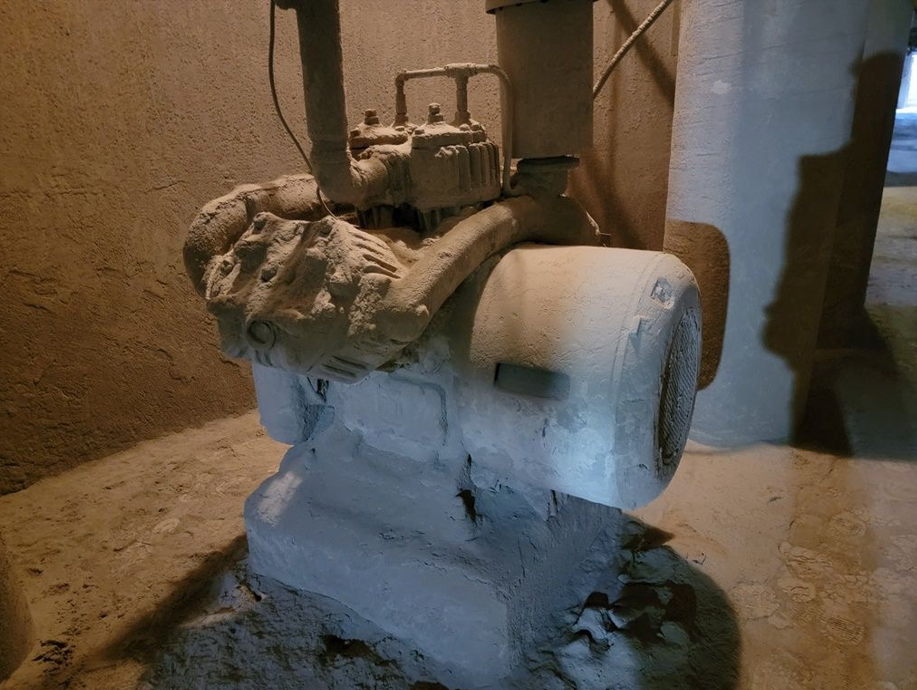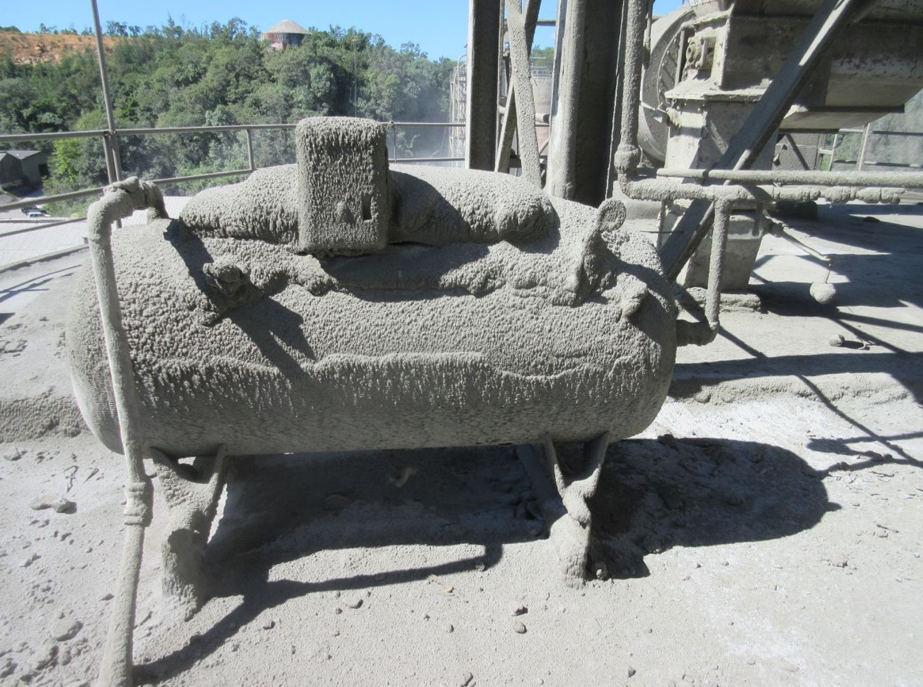Air-cooled air compressors are crucial to keeping the production process running in many industries; they work by turning power into usable energy. Their performance, however, depends heavily on their ability to stay cool. If dust and debris clog up a compressor, it can overheat, work less efficiently, and cost more to operate.
Fig. 1 and 2 show extreme examples of compressors that have been forgotten and are poorly maintained. These units are unlikely to run without trouble and may fail catastrophically due to the lack of proper air flow due to the extreme level of contamination of their heat exchanger surfaces. These serve as examples of what not to do.


Keeping the compressor clean is key to preventing overheating. Here are some simple tips to help:
- Implement a regular cleaning schedule for the compressor and its components, especially the cooling fins and air intake filters. Dust accumulation in these areas can restrict airflow and reduce heat dissipation. Compressed air can be used to blow out dust from the fins, while filters should be checked and cleaned or replaced according to the manufacturer’s recommendations.
- Ensure that the compressor’s installation site is well-ventilated and clean. Poor ventilation can trap heat and dust around the compressor, exacerbating the overheating problem. Installing the compressor in a location with good natural or forced airflow can help maintain cooler ambient temperatures. Sometimes, well-designed filters are required for the cooling air.
- In extremely dusty environments, consider using protective housing for the compressor. The housing should shield the unit from direct exposure to dust, while allowing sufficient air intake and exhaust for cooling purposes.
- Install temperature sensors to monitor the compressor’s operating temperature continuously. This will help in detecting potential overheating issues early, allowing for timely interventions to prevent damage.
Filed Under: Air Compressors, Air Preparation, Components Oil Coolers, Compressed Air Technologies, Pneumatic Tips